What are the correct steps for cup testing? What is the difference between the coffee cup test of scaa and COE? Cup
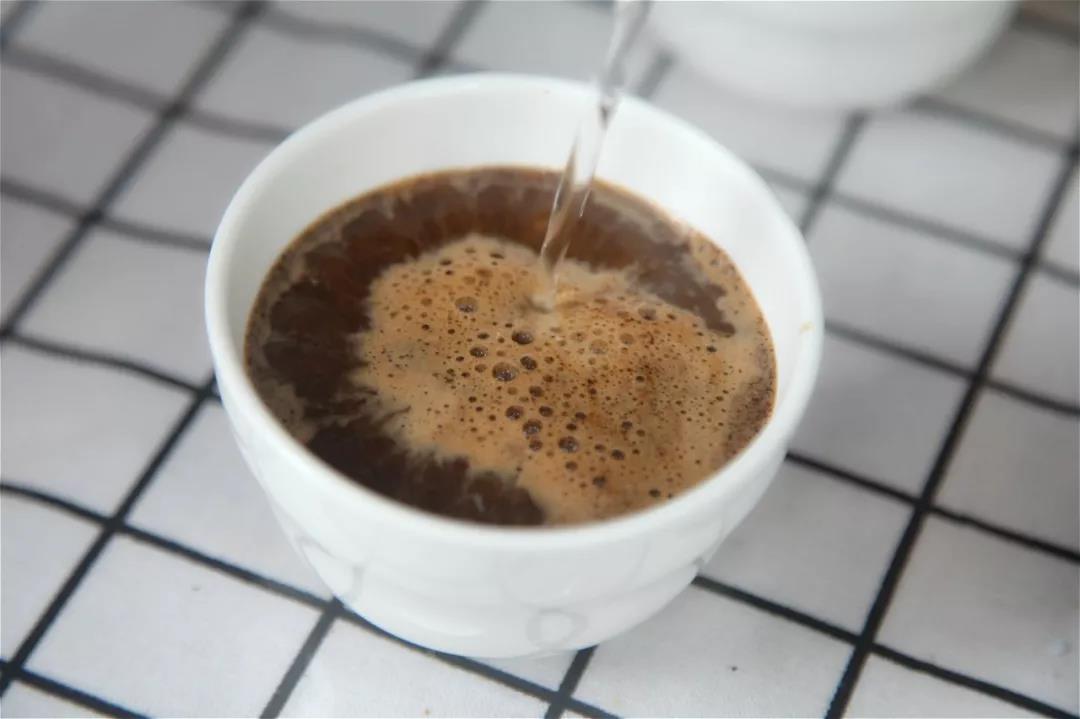
Professional coffee knowledge exchange more coffee bean information please follow the coffee workshop (Wechat official account cafe_style)
What are the correct steps for cup testing? What is the difference between the coffee cup test of scaa and COE? What is the afterrhyme of the cup test?
Preface
Before raw coffee beans are sent to all parts of the world, cup tests will be carried out by coffee farmers' associations or refining factories in the producing areas, that is, to try to confirm the aroma and taste of beans, to judge the flavor and taste of coffee, and to identify the quality of a type of coffee. it's a very scientific method.
The so-called [cup test] is like tasting red wine to objectively and generally judge the sweetness and sour taste, bitterness, aftertaste and aroma of coffee, as well as the quality of coffee.
The cup test is very straightforward to say that the coffee cup test, of course, the test is not the material of the cup, but the quality of the coffee in the cup! Also because of the cup testing behavior, the cup tester certification promoted by the American SCAA Fine Coffee Association is born accordingly, and the "cup tester" is to check the quality of coffee beans, define coffee flavor and price, and is the gatekeeper before entering the mouth of customers.
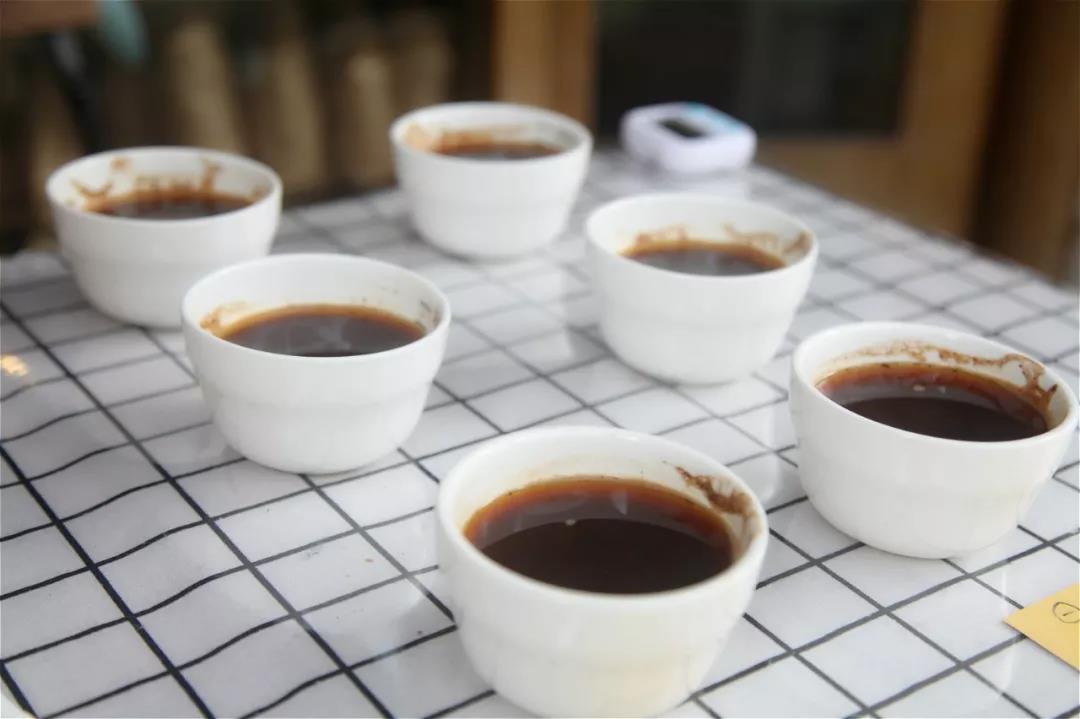
What tools do you need for cup testing?
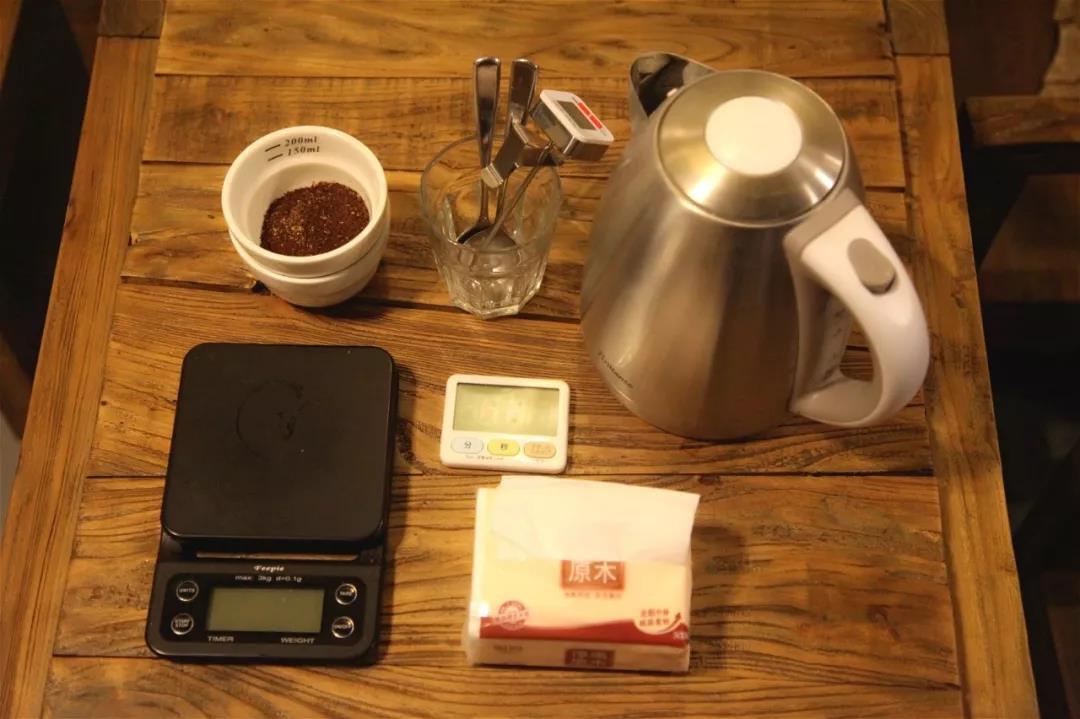
The tools needed for cup test are very simple: bean grinder, electronic scale, thermometer, cup test cup, cup test spoon, paper towel.
The ratio of coffee beans to water is also set:
Water ratio: 8.25g coffee beans with 150ml water, water temperature 94 degrees
Cup test cup: toughened glass or ceramic materials should be used. We often use ceramic cup test cup.
Cup test capacity: between 207ml and 266ml
Cup height: 3 to 3.5 inches
Mouth diameter: 76-89mm, all cups should be made of the same volume, size and material, with a lid.
Cup test spoons: to use antistatic metal material (mostly stainless steel), each spoon capacity can have 4-5ml.
Cup test step
The first step: pour water, soak, brew and grind all kinds of coffee beans (preferably within 24 hours), grind the coffee to a coarse powder, put the ground coffee powder (particles) into the cup, shake the coffee powder in the cup, smell the dry aroma of the coffee, soak the coffee in the cup according to the ratio of 8.25 grams of powder to 150 ml of hot water at 94 degrees Celsius, and let the coffee soak for 4 minutes until the coffee residue shell is formed.
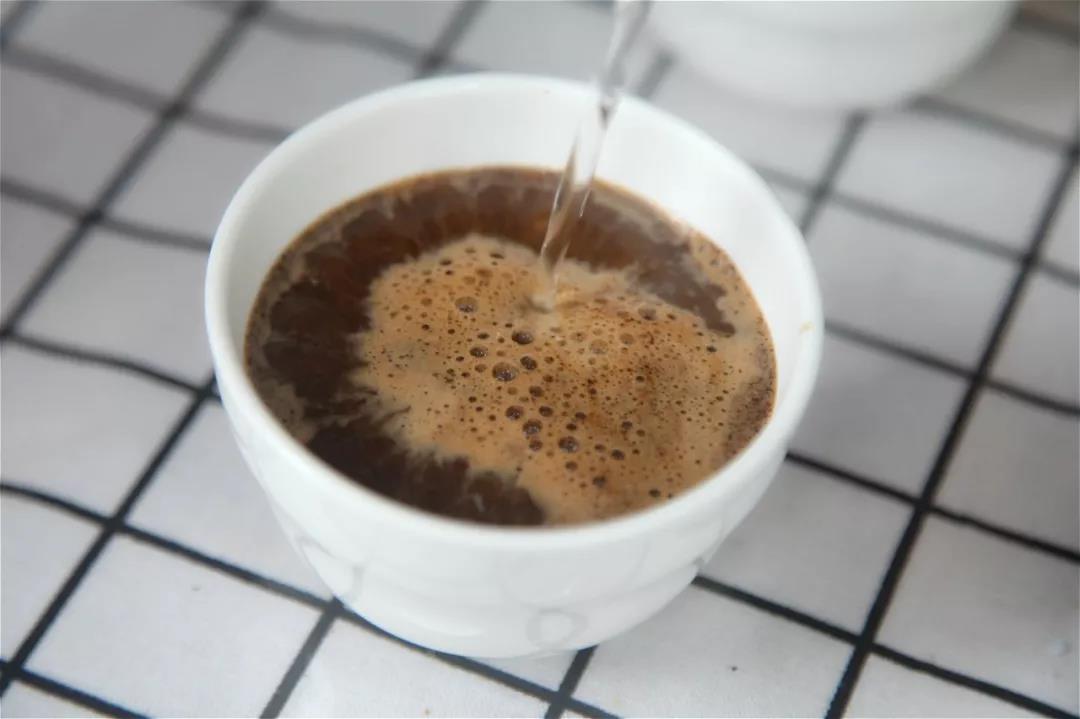
Step 2: start timing when injecting water and smell wet incense after 2 minutes. Aroma is the intensity of the smell when brewing coffee. Some subtle and delicate differences, such as the characteristics of "floral" or "wine", come from the wet aroma of brewing coffee.
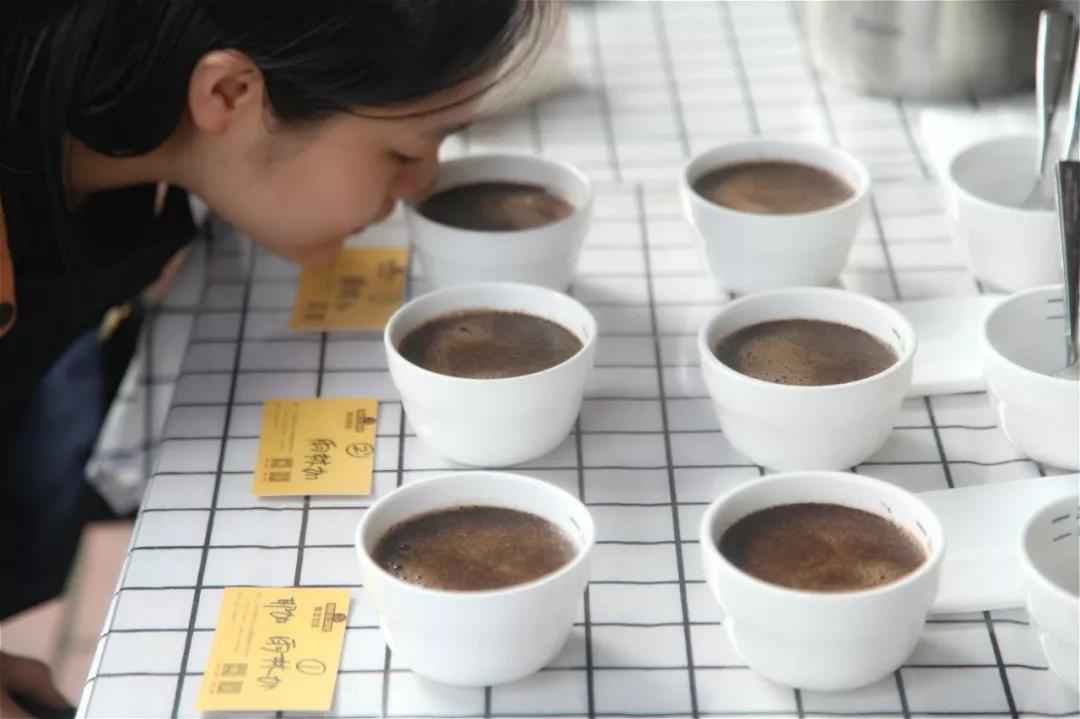
Step 3: break the dregs, stir three times on the surface of the cup with a spoon, skim off the foam and dregs, and you can start to taste the coffee with a spoon.
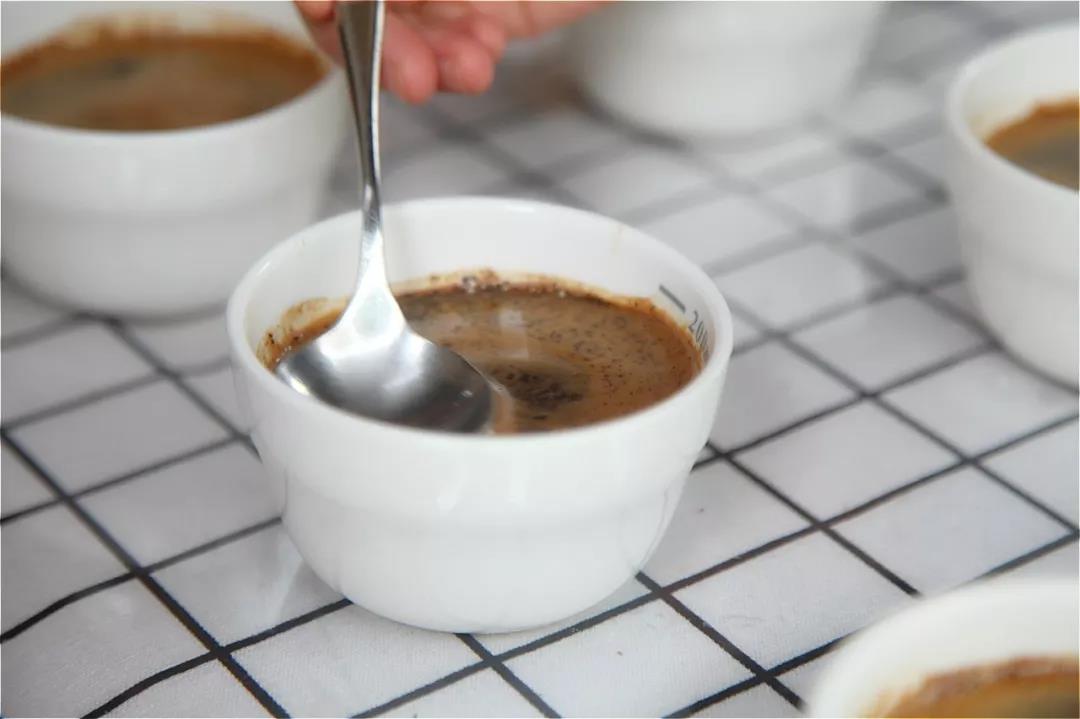
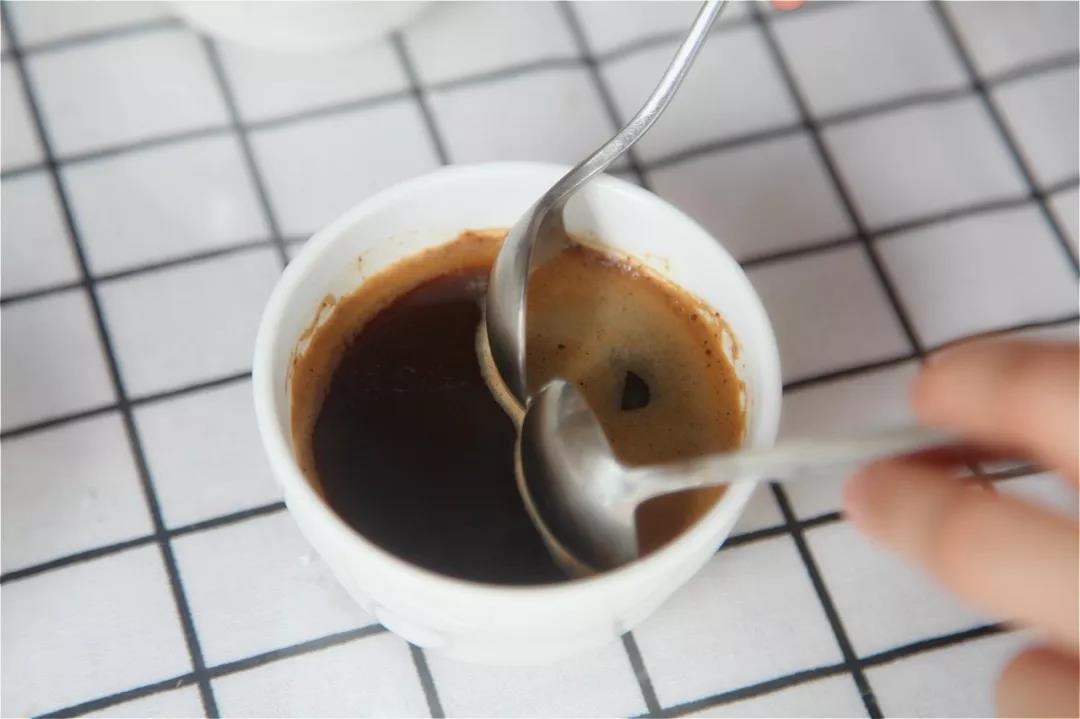
Step 4: taste and sip, remove the coffee scum with a cup spoon, suck the coffee entrance, feel it in the mouth and spit out the coffee liquid, record your feelings on the cup meter, score according to the requirements of the cup meter, gargle, rinse the cup and test the spoon, and then taste the next coffee, we often use the CoE scoring criteria for cup testing.
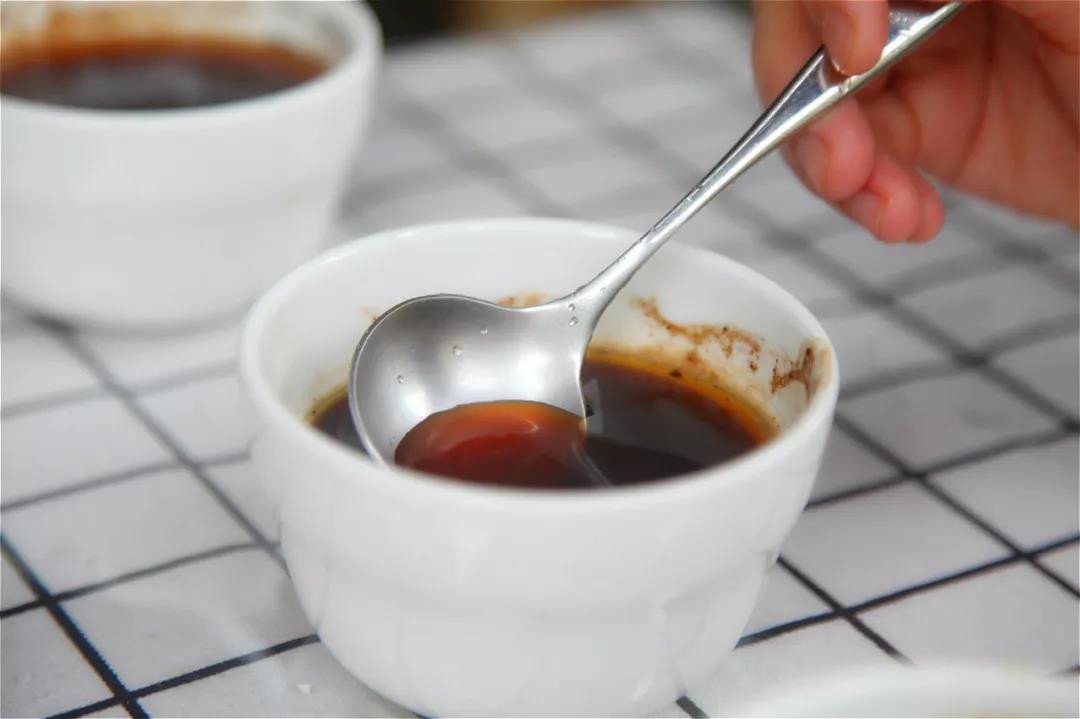
How to score the Coe Cup meter?
The key points of the Coe Cup meter evaluation items and records. This description can provide you with a basic basis when conducting a cup test. At the same time, it can also assist you in testing a single evaluation item:
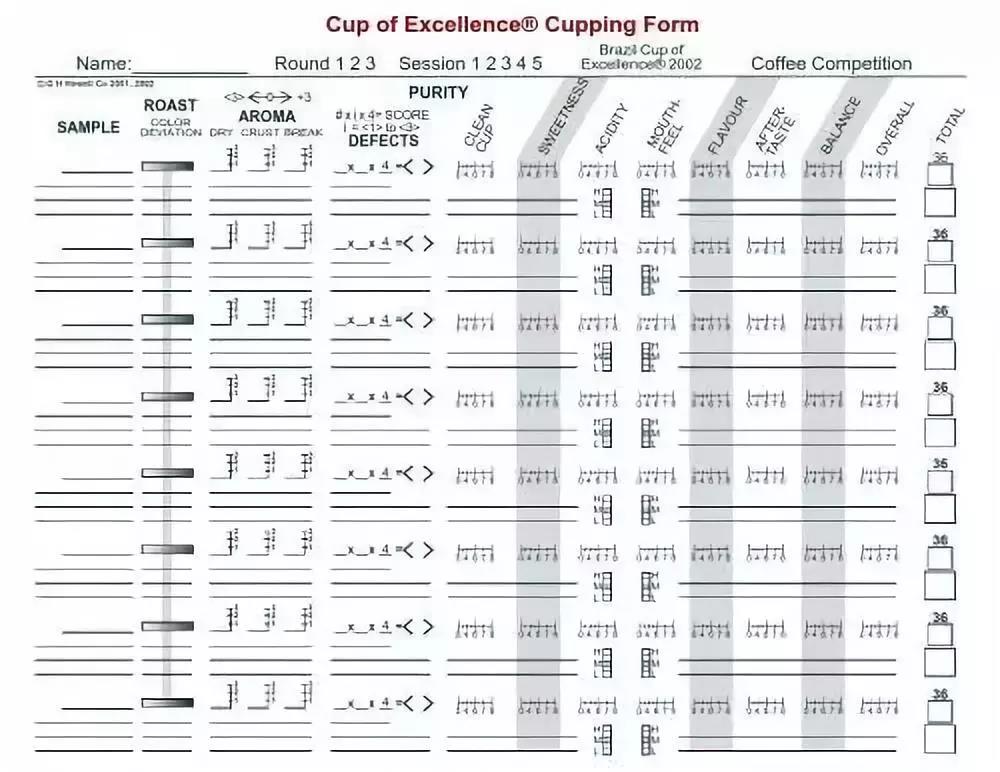
At this time, the cup test has just begun the first item to evaluate dry / wet incense (Flavor), and there are a total of three aroma evaluation stages. the first stage is to pick up the dry aroma of the dry powder in the cup at the beginning, the second is to smell the wet aroma on the surface after water injection, and the third aroma is the broken residue aroma heard when the residue is broken. Aroma is an attractive element of coffee, coffee aroma from many sources, there are flowers, berries, caramel, nutty, chocolate, spices and so on.
The aroma of Coe cup meter is only included in the reference, and not included in the total score, but in the dry / wet incense (Flavor) evaluation, the aroma is not included in the score.
The first score item: cleanliness (Clean cup)
Cleanliness is a very important and necessary condition for fine products, and cleanliness means that there are no defects and defective taste, coffee has rotten, earthy taste, medicine iodine taste, fermented acid, rubber, onion, astringency and other bad taste and touch, all indicate that it is not clean enough.
The second score item: sweetness (Sweetness)
Sweetness not only represents that coffee cherries are harvested in the best ripening period, not mixed with unripe beans, but also represents the excellent quality of coffee. Only by selecting freshly ripe coffee cherries to treat them into raw beans can you get better sweetness, and there are many kinds of sweetness, such as sugarcane sweetness, caramel sweetness, and so on, which can be noted in the comparison. If sweetness is astringent and sweet stays in the mouth for a short time, then the sweetness score will not exceed 6 points.
The third score item: acid quality (Acidity)
Sour, good acidity is not like vinegar, even if it is bright and lively, you can detect many kinds of acidity, such as citrus, berries or sweet lemons, as well as the sweet and sour melons like cantaloupe or the crisp acidity of freshly ripe apples. The above acids are of high quality; bad acids are like unripe fruit or acetic acid, and some bad acids are like overripe fruit or rotten fruit, and fermented acid or rotten acid can be detected.
The fourth score item: taste (Mouthfeel)
Oral tactile evaluation is not to measure taste, it belongs to the substance and tactile sensation, grease, viscosity, and quality sensation that all constitute mouth-feel;, such as milk and water. The former has much higher tactile sensation, while thick soup and clear soup have much higher consistency and tactile sensation than the latter.
The fifth item is the important sipping: Flavor.
Sipping flavor, including all kinds of taste and smell, even the aroma felt in the nasal cavity and the touch of the mouth all belong to this evaluation. When testing CoE cups, because 8 samples are often tested at a time, the AROMA item cannot be measured immediately, so the aroma at the beginning is only marked by pleasure and displeasure, but when sipping air is used for this evaluation, cup testers can include the aroma they feel, including various flavors tested or drunk. It can be said that sipping flavor is a very important evaluation, and it is also a basis for testing the characteristics of cup coffee samples.
Sixth item: aftertaste (Aftertaste)
After sipping, the taste or aroma or touch that still stays in the mouth, and the good flavor stays for a long time, such as sweetness, remains clearly in the mouth or even scattered after sipping and spitting coffee, then the score of this item will be high, on the contrary, there is no aftertaste, or very short, the score is low.
Seventh item: degree of balance (Balance)
Refers to whether each evaluation of coffee is balanced, for example, although the acid is bright, it still turns sweet? The touch is sticky but not astringent? Whether the various flavors of the coffee are harmonious, the score of this item will be high.
The eighth item: overall evaluation (Overall)
Coffee is excellent on the whole and attracts you? Is it just so-so, or do you not like it at all? This evaluation is the overall assessment of the tester, and can also reflect his personal preferences.
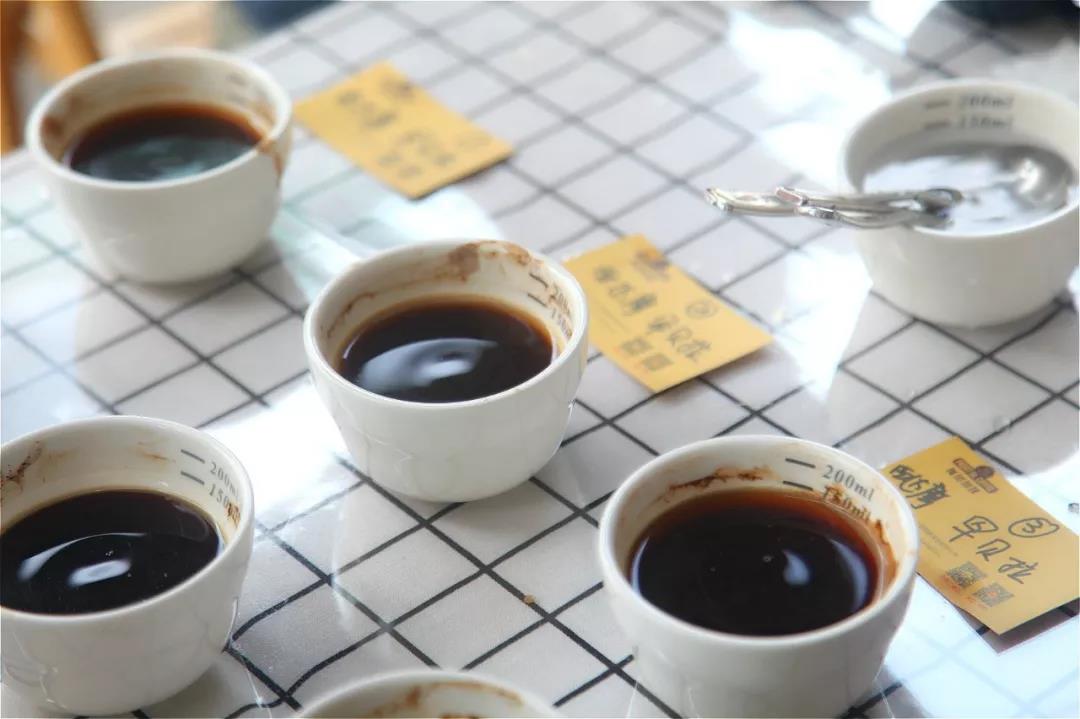
The significance of the total score after the cup evaluation, and the criteria represented by the individual score:
(1) there are eight items in the rating scale, the highest score of each item is 8 points, the lowest score is 0 points, plus 36 basic points, so the total score is 100 points.
(2) A score of 6 means that the project reaches the standard of CoE competition level and belongs to good quality (fine). If it is totally unacceptable, give 0 (unacceptable), if the quality is ordinary, 4 (Poor), and if it is excellent or even perfect, give 8 (great).
Reference level of CoE standard:
The total score is 69 or less, which is a slightly worse commercial bean or industrial bean.
The total score is between 70 and 74, which belongs to general commercial beans.
The total score is between 75 and 79, and the better commercial beans are generally called high-grade commercial beans.
The total score is between 80 and 84, which belongs to fine coffee.
The total score is 85 or more, belonging to the CoE competition level, is also the excellent cup of winning coffee, is currently recognized as the highest level in the international coffee industry.
SCA coffee cup test and how to distinguish it?
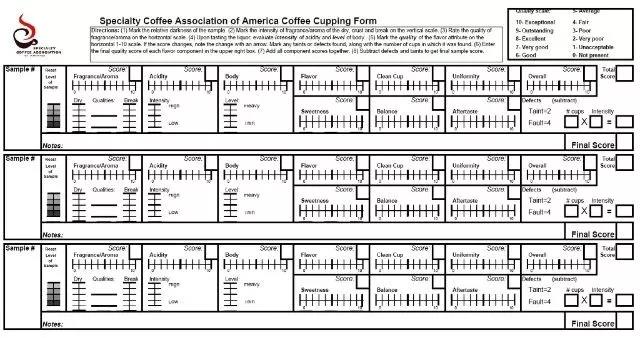
According to the SCA coffee cup test, there are ten points, of which the following two items are not available in CoE:
Fragrance/Aroma aroma: the aroma consists of two parts, dry fragrance and wet fragrance. After grinding the beans, the first image and the first item to be scored is the dry fragrance, the aroma of coffee flowers, roasted hazelnuts and roasted almonds are all pleasant aromas. Water injection, the broken shell of the wet fragrance gives people more fantasy, honey, lemon, apricot fruit make people salivating.
Consistency: this score is relatively simple. Do 5 cups of samples have different tastes and which ones are defective? You need to determine whether it is a minor defect (Taint) or a major defect (Fault). Small defect refers to the bad smell, although obvious but not serious enough to swallow, generally refers to the defective smell of dry and wet fragrance of coffee powder that has not yet been drunk.
How to deduct points for shortcomings?
The SCA coffee cup meter is marked from 6 points and is divided into four levels: each grade is divided into four grades, and the scoring unit is 0.25points, so the four grades have a total of 16 points. The quality of good coffee is mostly concentrated in more than 7 points, boutique grades are concentrated in more than 8 points, award-winning boutique beans must have at least 8.3 points, and more than 9 points are extraordinary.
If it is a minor defect, deduct 2 points per cup, and if a big defect deducts 4 points per cup, the formula is: deduction points = number of defect cups × defect strength.
Final score (Final Score)
The total score is then deducted from the missing points column, that is, the final score, if it is higher than 80 points, it is high-quality grade, from 80 to 100 points, divided into very good, excellent and super excellent three levels.
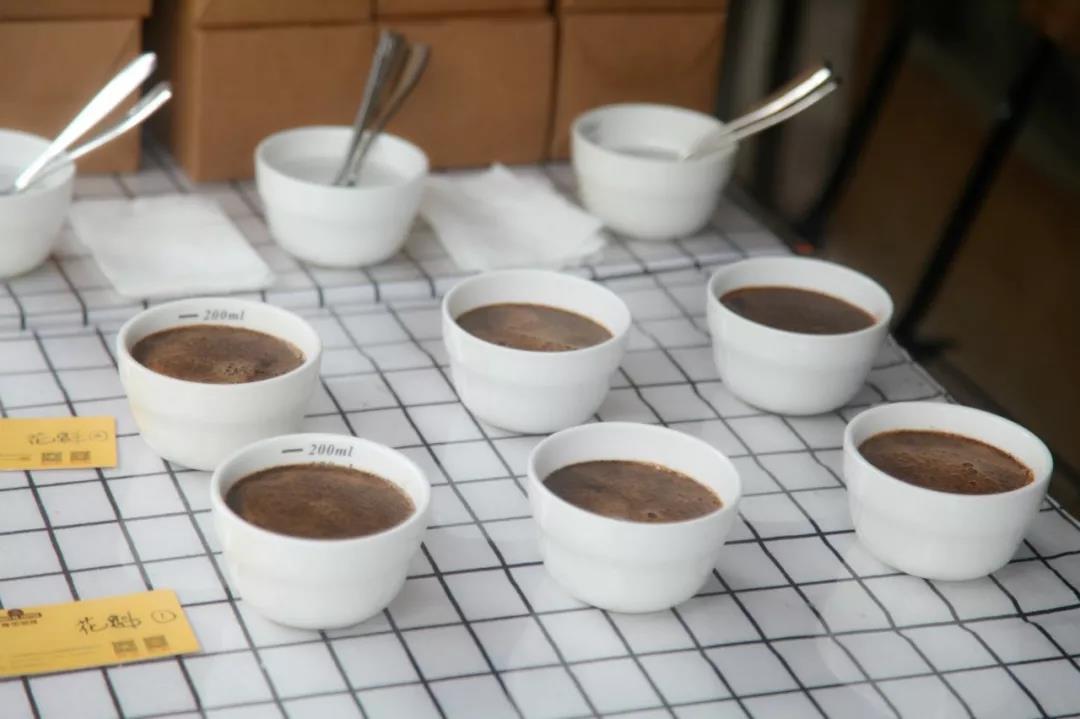
The SCA Cup is scored on ten reference levels:
10 points → Exceptional;
9 points → Outstanding;
8 points → Excellent;
7 points-Very good.
6 points → Good;
5 points → Average;
4 points → Acceptable (Fair);
3 points → Poor;
2 points → Very poor;
1 point → unacceptable;
0 points → Not present.
How do we describe the taste? Flavor wheels and sniffers can be used, tools designed for coffee cup testers to indicate how coffee aromas are made and to visually guide us in flavor descriptions.
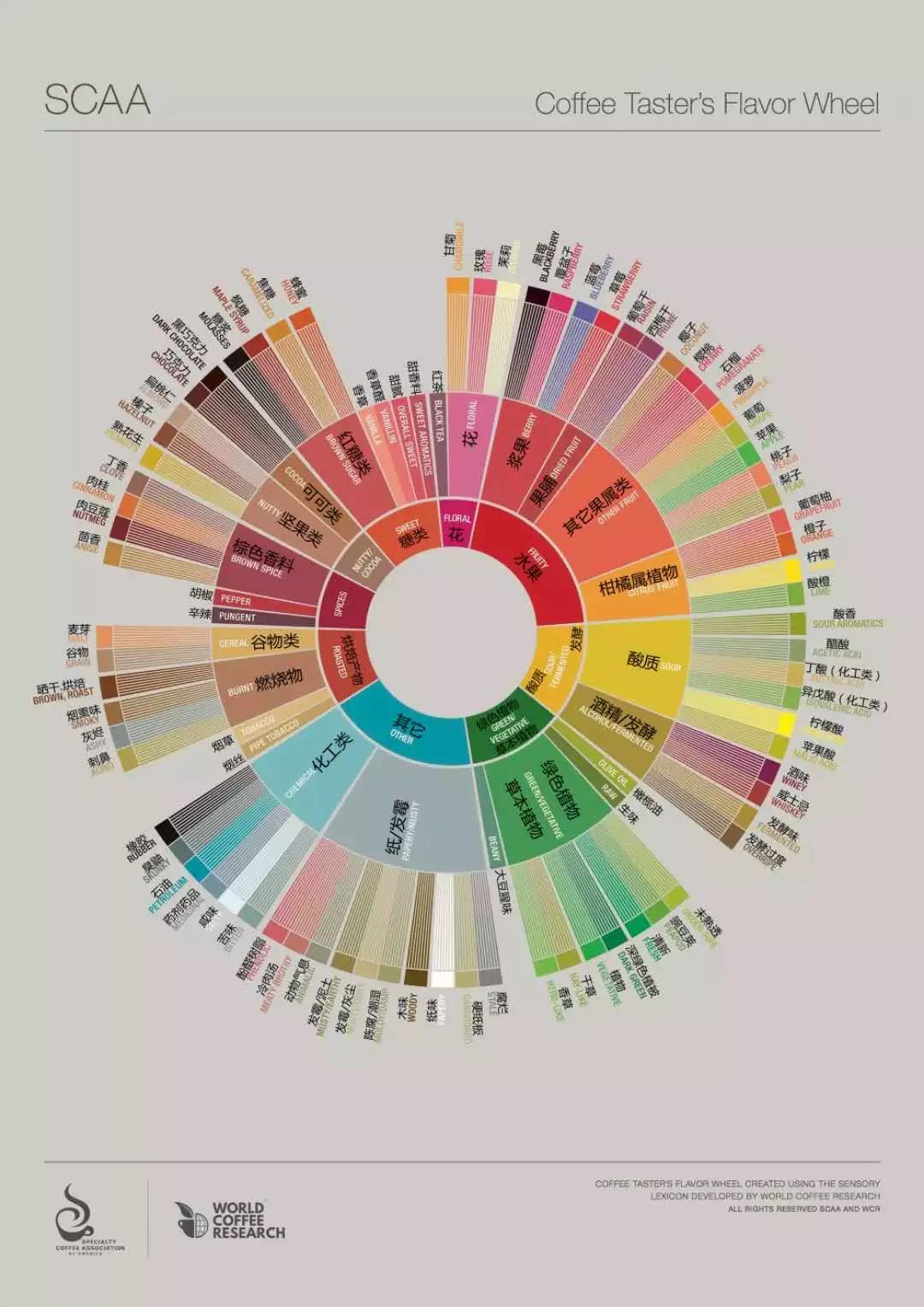
Looking at Flavor Wheel, we suggest that we start from the center and then develop outward. The most basic taste is concentrated in the center and subdivided outward into other more detailed tastes or flavors. Roughly classified into fruit group, floral group, cocoa flavor, nutty flavor, spice flavor, sugar flavor, alcohol / fermentation flavor, baking products, green plants.
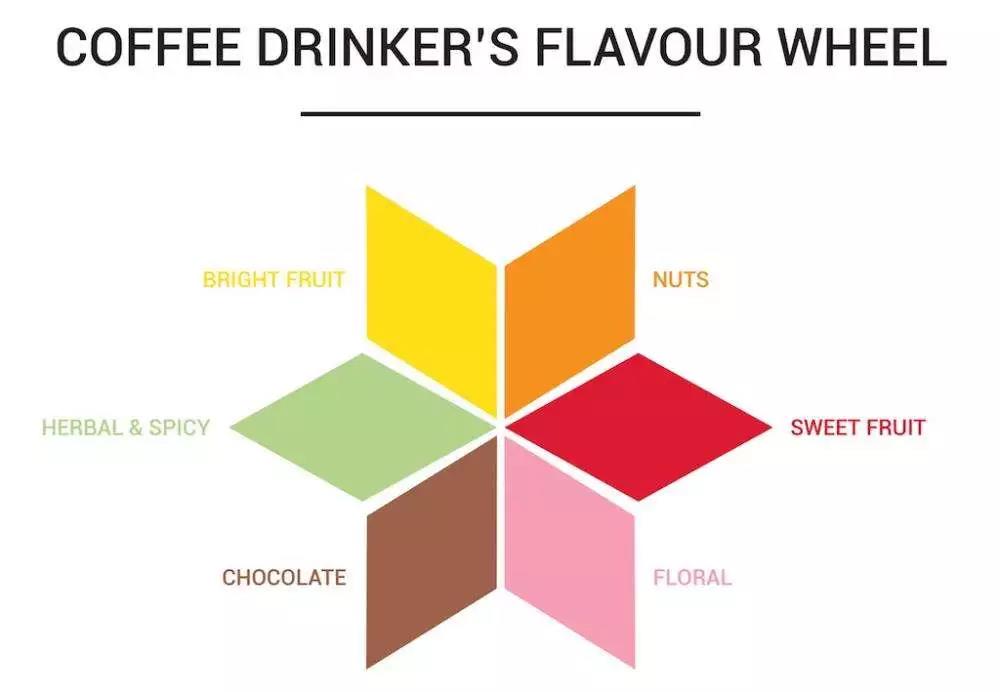
Common terms for the flavor of popular science coffee:
The fragrance of flowers: in the first stage of grinding, there is often a large number of scents of flowers, which are usually coffee flowers or jasmine. [subject to freshly baked beans]
[caramel]: close to candy or syrup, can be felt in the nasal cavity. Or during the baking process.
[chocolate]: in the process of swallowing coffee, the feeling of chocolate will remain in the mouth. It makes people feel as if they ate that kind of bitter and pure cocoa, and there may be a little vanilla taste.
[fruity]: the sweet smell makes people feel as if they had eaten a mouthful of sour and sweet fruit. Or like eating a lot of fruit mixed jam, but not sticky, very refreshing.
[nuts]: like roasted flowers, the smell of roasted corn, or sometimes good luck, and the feeling of crispy peanuts. When you drink this, it will slowly spread out from the nasal cavity.
[rich]: it is a general term for the aroma of coffee, mostly gas. Can smell or drink in the process of feeling, and this strength is very strong, can be called rich.
[insipid]: there is only a slight reflection of the various smells in the coffee, which is not as strong as it is to be found. It is just a superficial feeling, which is easy to make people feel as if there is nothing. Usually after drinking, it will produce the illusion of how to disappear in the twinkling of an eye after drinking it.
[complete]: whether there is a bean in the fragrance, taste and other convenience is missing, not missing is called integrity. But sometimes, in order to highlight one feature, the baker will erase some other flavor. Look at the baking. Complexity: the mixture of aromas and smells in coffee makes it difficult for you to identify, but you can't say bad, you need to understand it a little bit. In many cases, a coffee that is not clear will give people a lot of new discoveries.
[pungent fragrance]: there will be a feeling like eating tangerine peel or cinnamon, a little discomfort or a feeling of hanging your throat.
[smell of grass]: it feels like the grass has been cut off and the smell of grass is in the air. Occasionally it smells like vegetables.
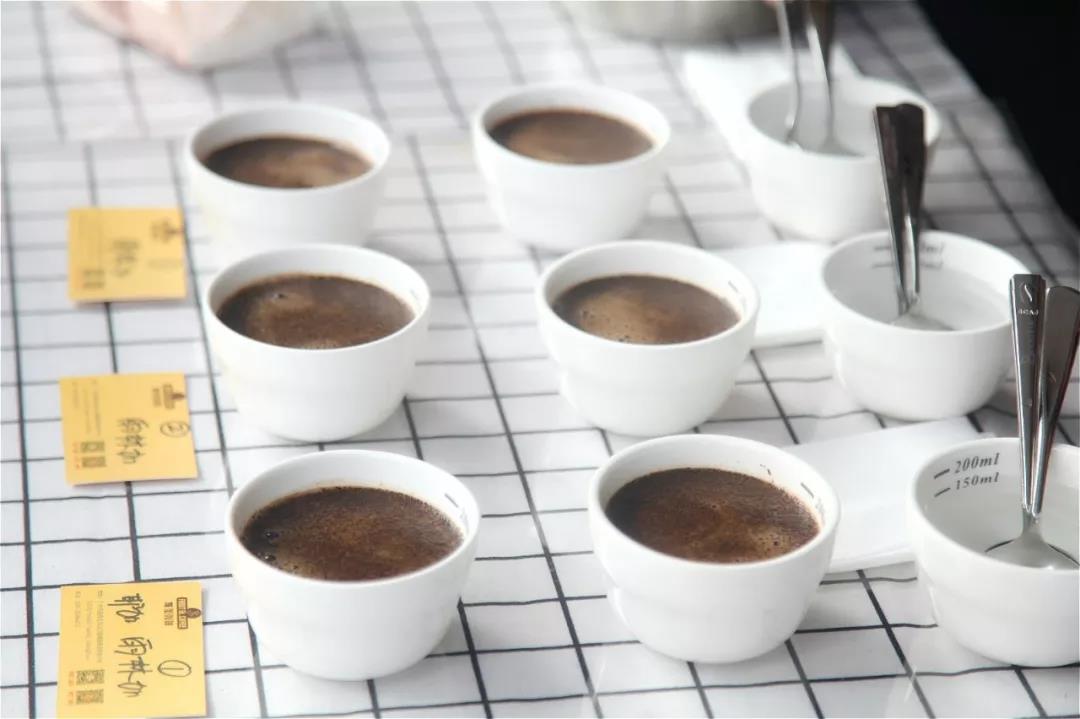
According to the recorded information, according to the quality of the coffee bean, we make corresponding adjustments when roasting or other utensils are cooking to expand or reduce the advantages and disadvantages of the coffee beans. when it is produced, it can show the best flavor to the guests.
This is the end of this period of sharing. If you have time, you can try the cup test, eliminate the influence of utensils and brewing skills, and use the simplest soaking method to extract the flavor of the coffee itself.
Important Notice :
前街咖啡 FrontStreet Coffee has moved to new addredd:
FrontStreet Coffee Address: 315,Donghua East Road,GuangZhou
Tel:020 38364473
- Prev
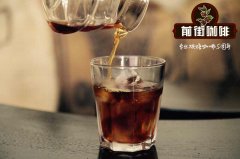
Why is Hawaiian Kona coffee expensive? how's Hawaiian kona Coffee? is it good?
Professional coffee knowledge exchange more coffee bean information please follow the coffee workshop (Wechat official account cafe_style) Hawaii Kona Coffee, as a world-famous coffee bean brand, although it is not the most expensive coffee in the world, it has always been among the best in the category, so why is 100% Kona coffee very expensive? To sum up, one of the most important factors is expensive labor.
- Next
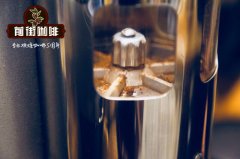
Hawaii Kona Coffee Bean Brand recommendation _ where to buy Kona Coffee Price report
Professional coffee knowledge exchange more coffee bean information please follow the coffee workshop (Wechat official account cafe_style) generally speaking, there are probably dozens of Hawaiian Kona coffee beans with Kona tags in Hawaii supermarkets, but most of them are not 100% kona, some are 10% or 30% Kona, and most of them still have seasoned beans or powder.
Related
- Detailed explanation of Jadeite planting Land in Panamanian Jadeite Manor introduction to the grading system of Jadeite competitive bidding, Red bid, Green bid and Rose Summer
- Story of Coffee planting in Brenka region of Costa Rica Stonehenge Manor anaerobic heavy honey treatment of flavor mouth
- What's on the barrel of Blue Mountain Coffee beans?
- Can American coffee also pull flowers? How to use hot American style to pull out a good-looking pattern?
- Can you make a cold extract with coffee beans? What is the right proportion for cold-extracted coffee formula?
- Indonesian PWN Gold Mandrine Coffee Origin Features Flavor How to Chong? Mandolin coffee is American.
- A brief introduction to the flavor characteristics of Brazilian yellow bourbon coffee beans
- What is the effect of different water quality on the flavor of cold-extracted coffee? What kind of water is best for brewing coffee?
- Why do you think of Rose Summer whenever you mention Panamanian coffee?
- Introduction to the characteristics of authentic blue mountain coffee bean producing areas? What is the CIB Coffee Authority in Jamaica?

